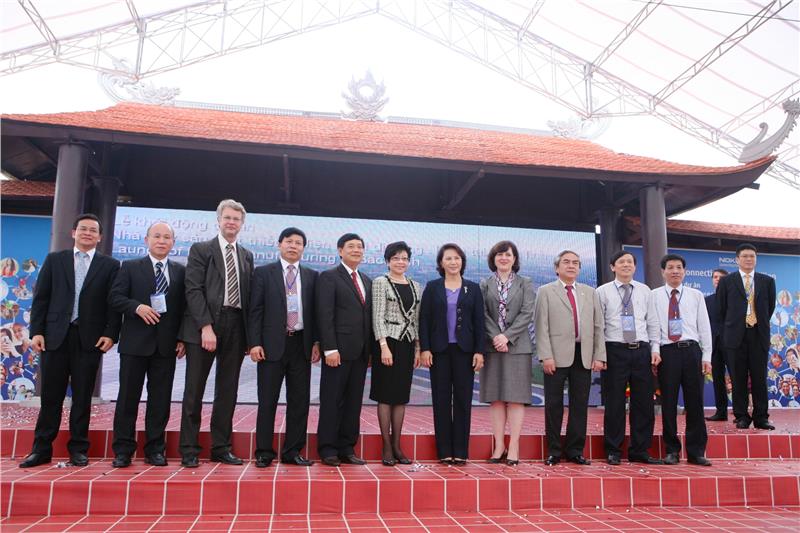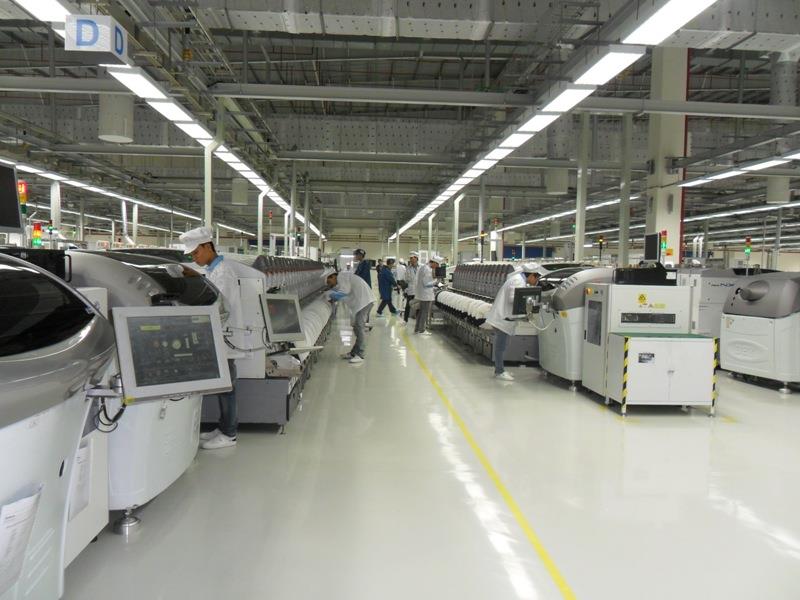After being acquired by Microsoft Corporation in April 2014, Microsoft has decided to elevate the Nokia factory in Vietnam as the key unit in production of mobile devices. Under this strategy, since May 2014, Nokia has implemented moving a large number of production lines from factories in China, Hungary and Mexico to Vietnam. Nokia stated in the documents submitted to Bac Ninh Province that Microsoft would close all factories in Komarom (Hungary) and a part of factories in Beijing and Guangdong (China). Factories in Mexico will be converted into a repair center. Accordingly, the new model production of Nokia will associate with new strategy of global integration.

The first stage of the transition is expected to be completed at the end of October this year and the remaining stages will continue to be conducted until the end of February 2015. The number of production lines in the factory in Vietnam will increase from 6 to 39 by the end of this year; the monthly output will increase 3 times. According to Nokia Vietnam, this change is an opportunity for the factory in the field of mobile devices. The plant in Bac Ninh will star producing phones using Windows operating system such as Lumia 630 and Lumia 530 in the late August. It is expected that by the end of October, almost the entire production of mobile devices will be focused in Bac Ninh.
Nokia plans to change significantly the scale of investment in Vietnam as well as output and export value. The total investment capital in 2014 is expectedly $ 220 million; the production is 76.5 million units; and the export value is $ 1.9 billion. Nokia has recruited 5.500 operating workers and 200 office staffs. With the new strategy, the number of workers is expected to increase by 50% and the number of engineers is doubled. The giant in mobile sector was certified in November 2011 by the Management Board of Bac Ninh Industrial Zones and started production since June 2013. In 2013, the plant has produced 10.8 million phones, including Nokia 105, Nokia 2017, and Nokia 108. The export value in last year has been $ 193 million.

The wave of shifting production from China to Vietnam is generated since labor costs and macroeconomic environment in China are no longer favorable. Vietnam economy is assessed as a country in possession of low labor cost, preferable policies and stable environment. Popular brands such as Nike, Adidas, Reebok, Puma,… have reduced manufacture in China and enhance their activities in Vietnam in the last 3 years. Well-known technology corporations such as Samsung and Intel have also poured billions of dollars into their production facilities in Vietnam despite their large-scale factories in China.